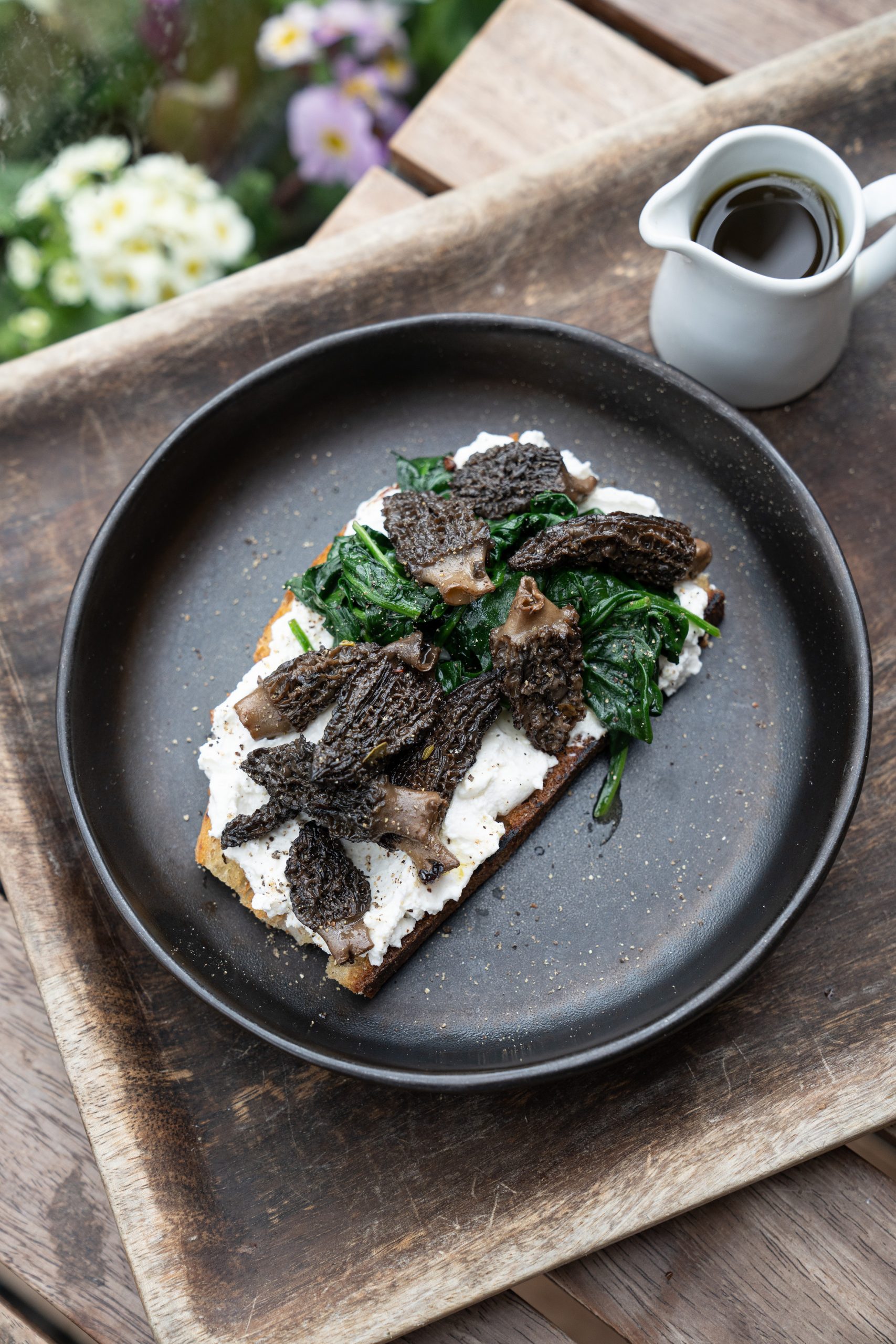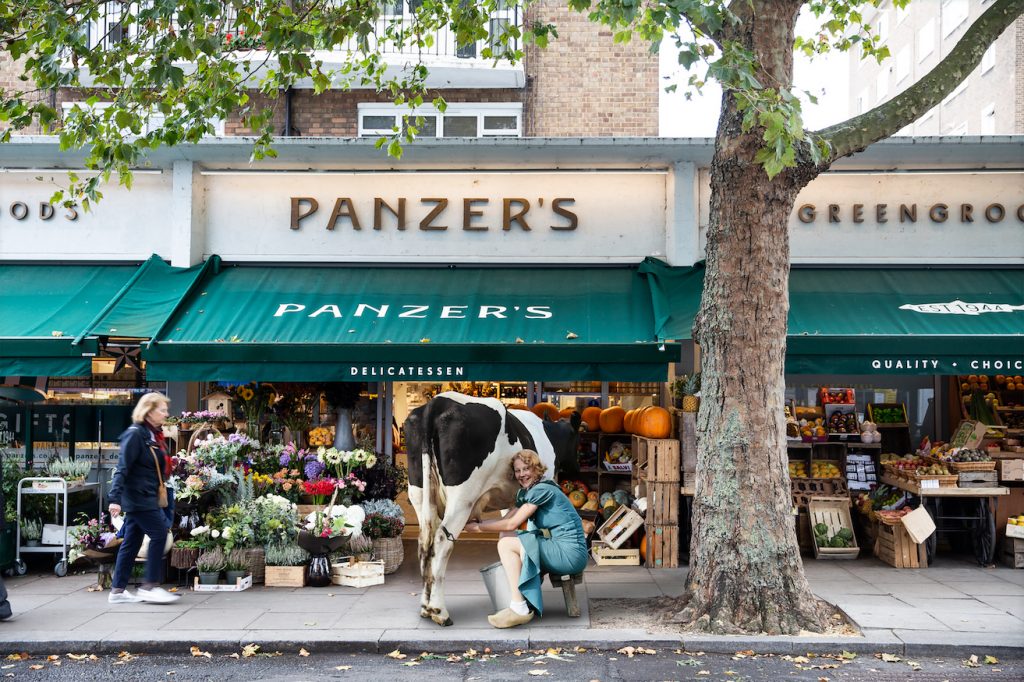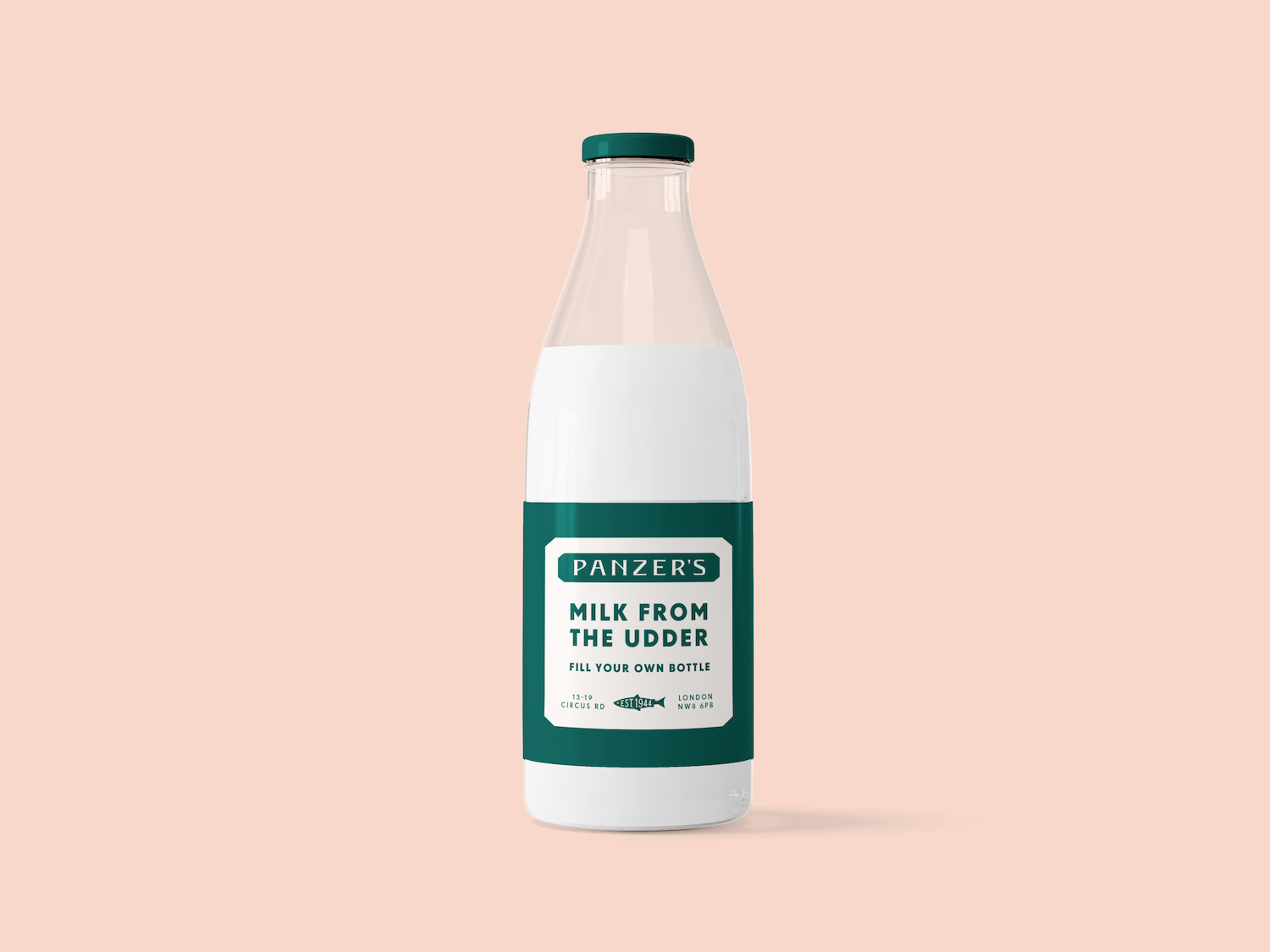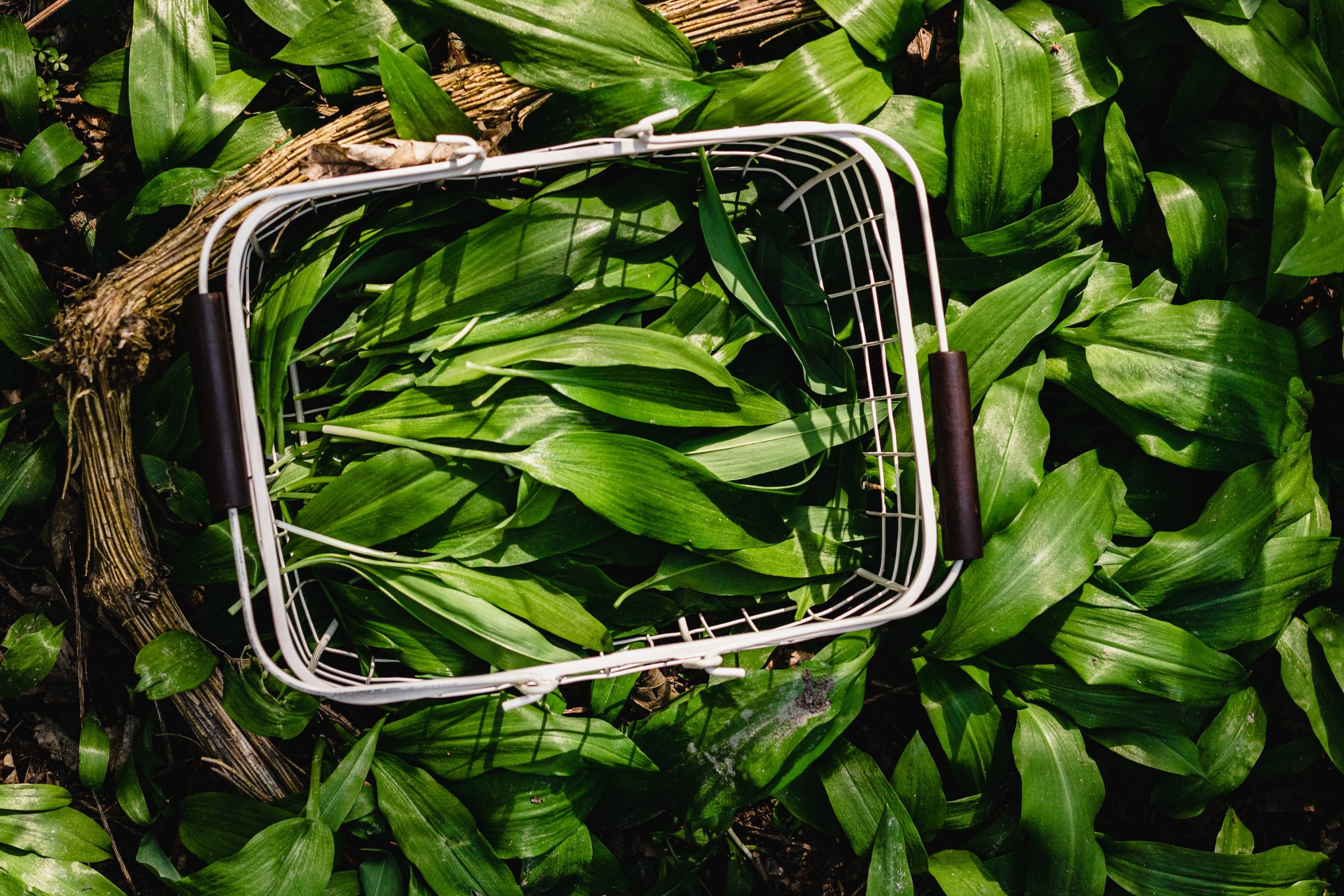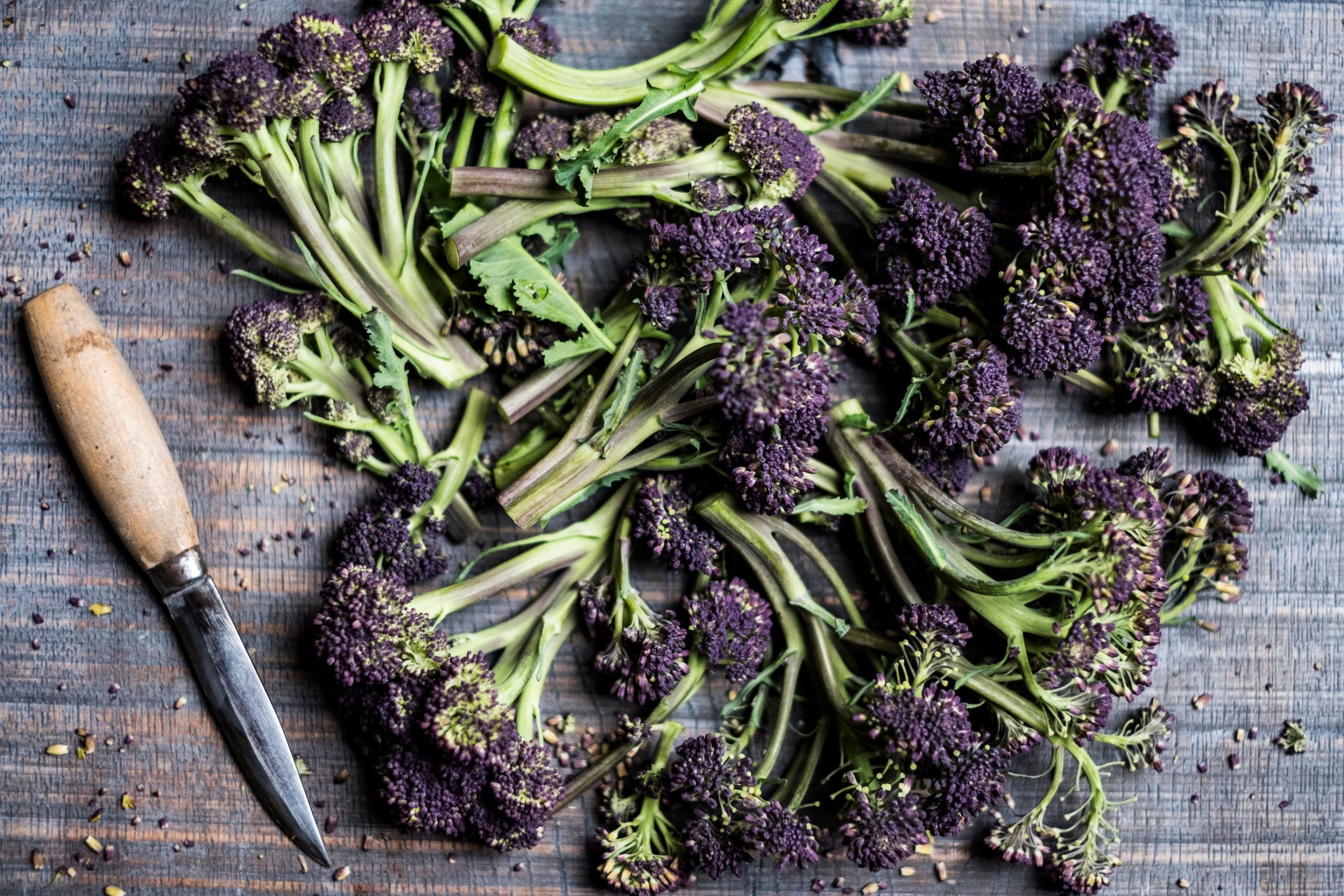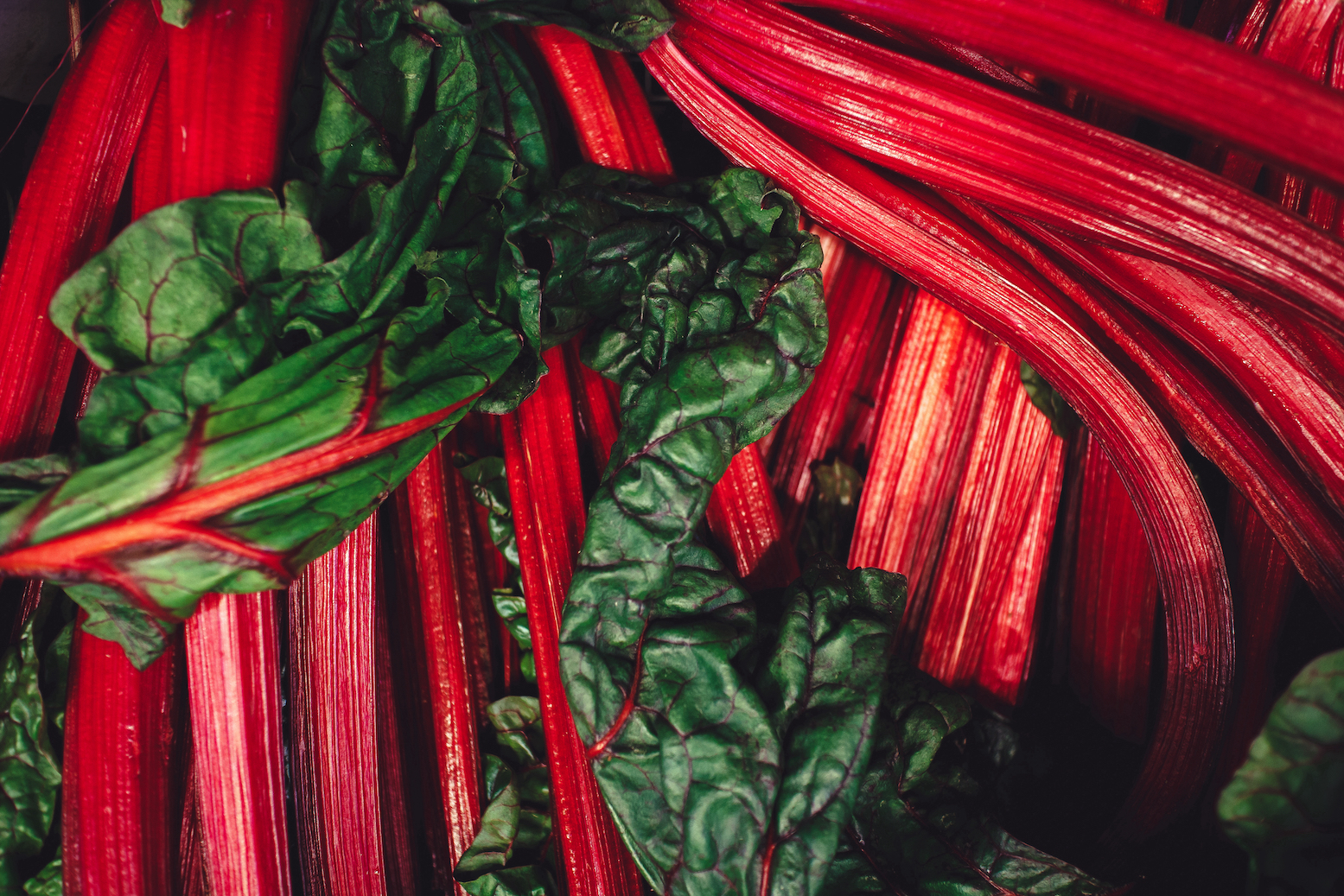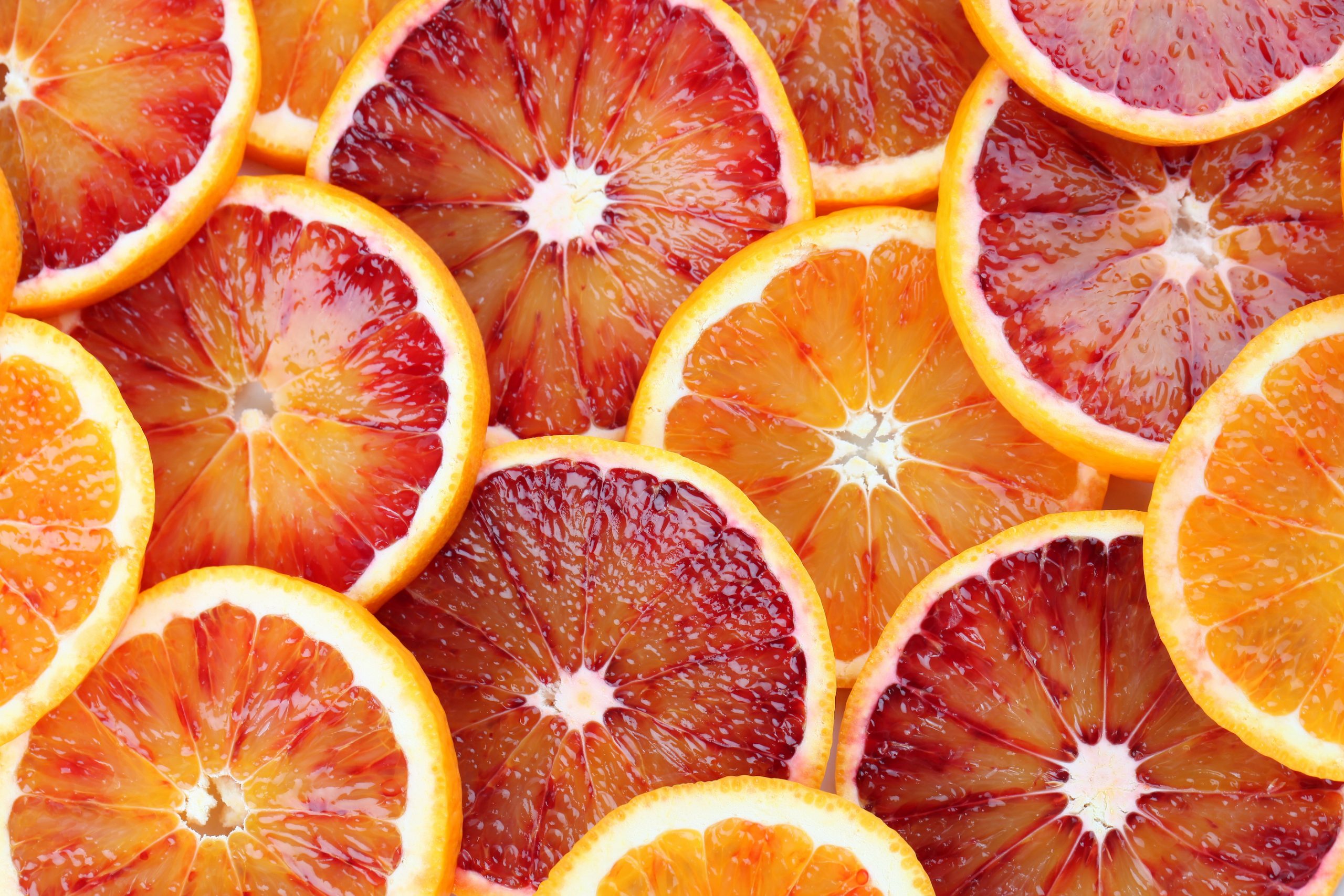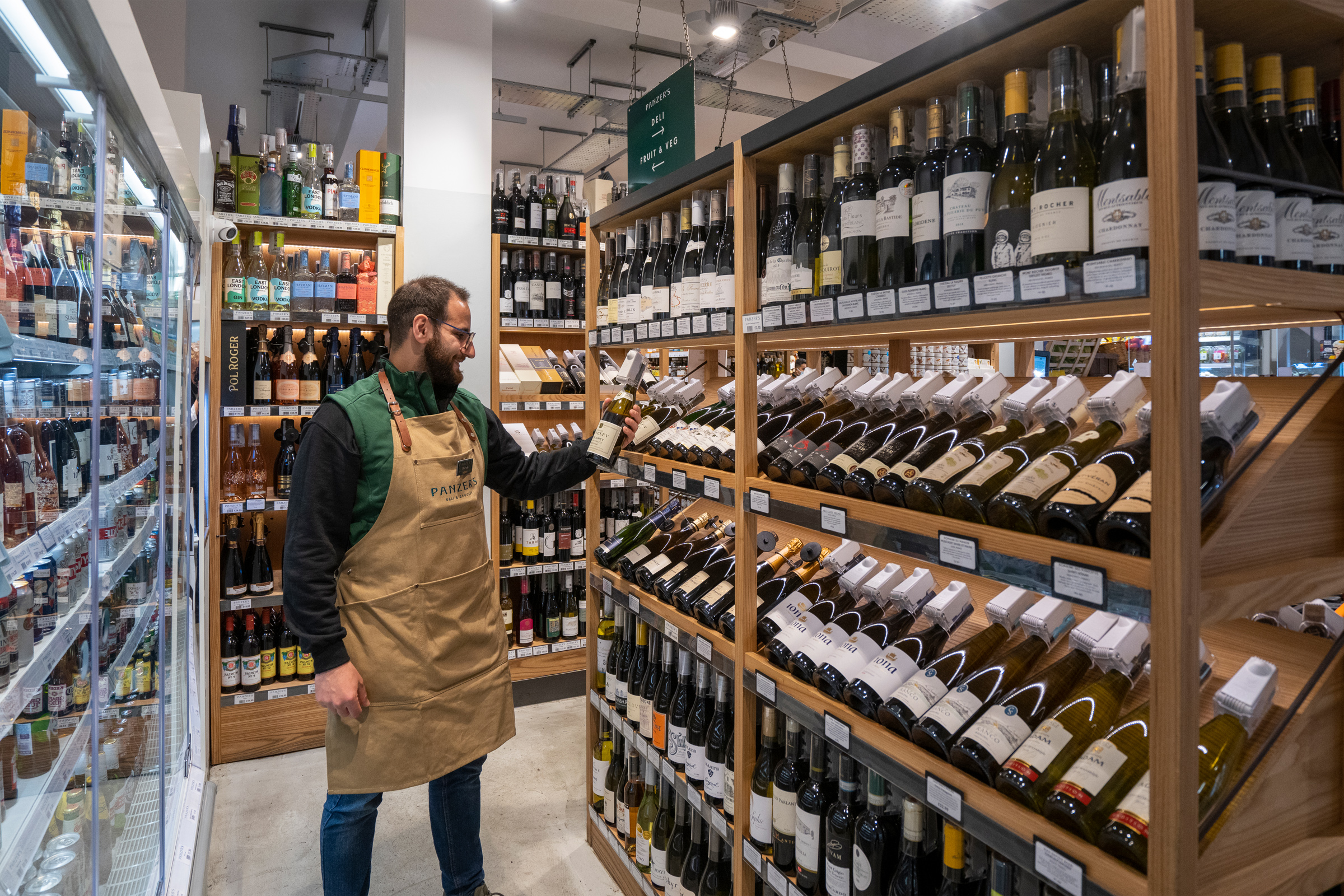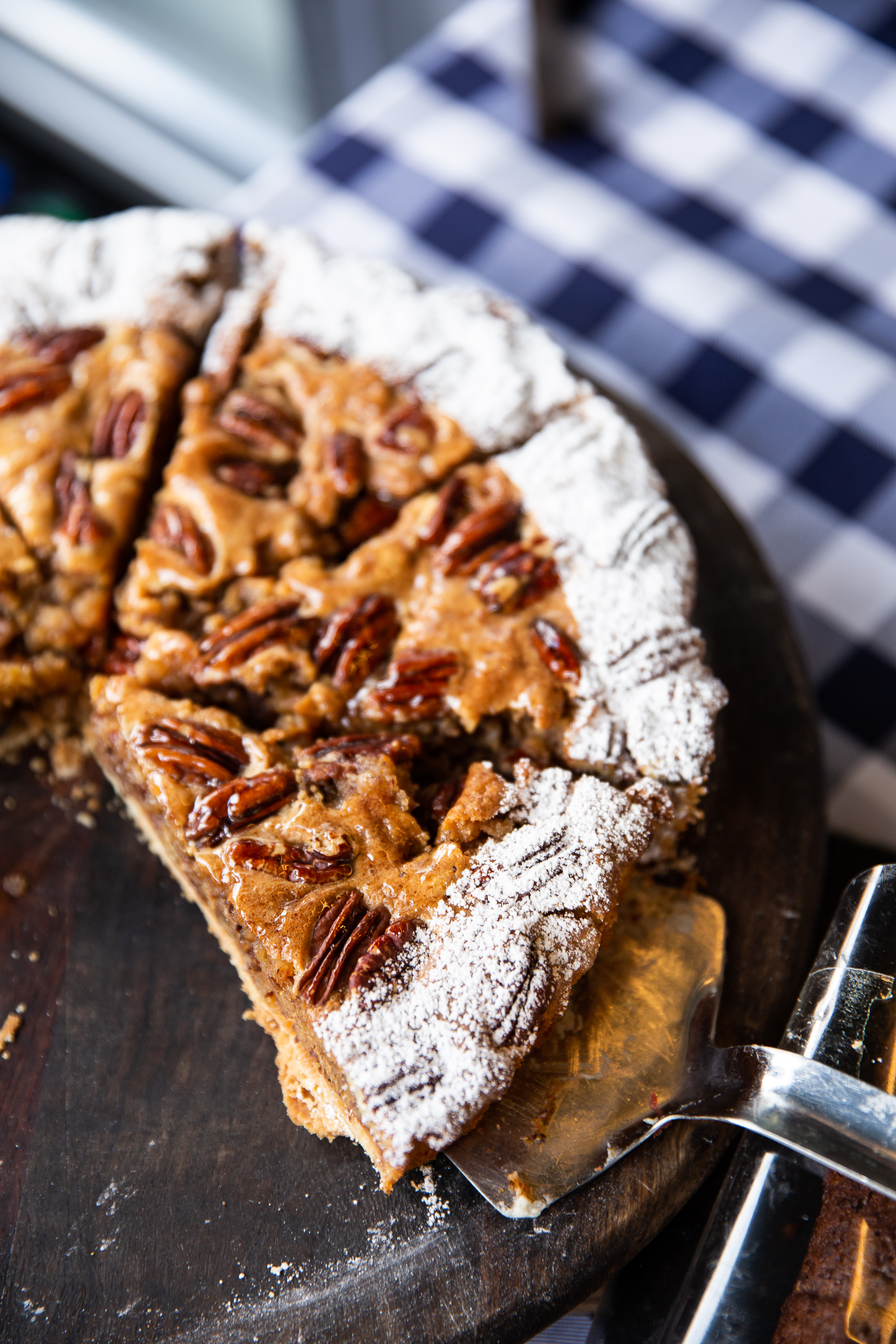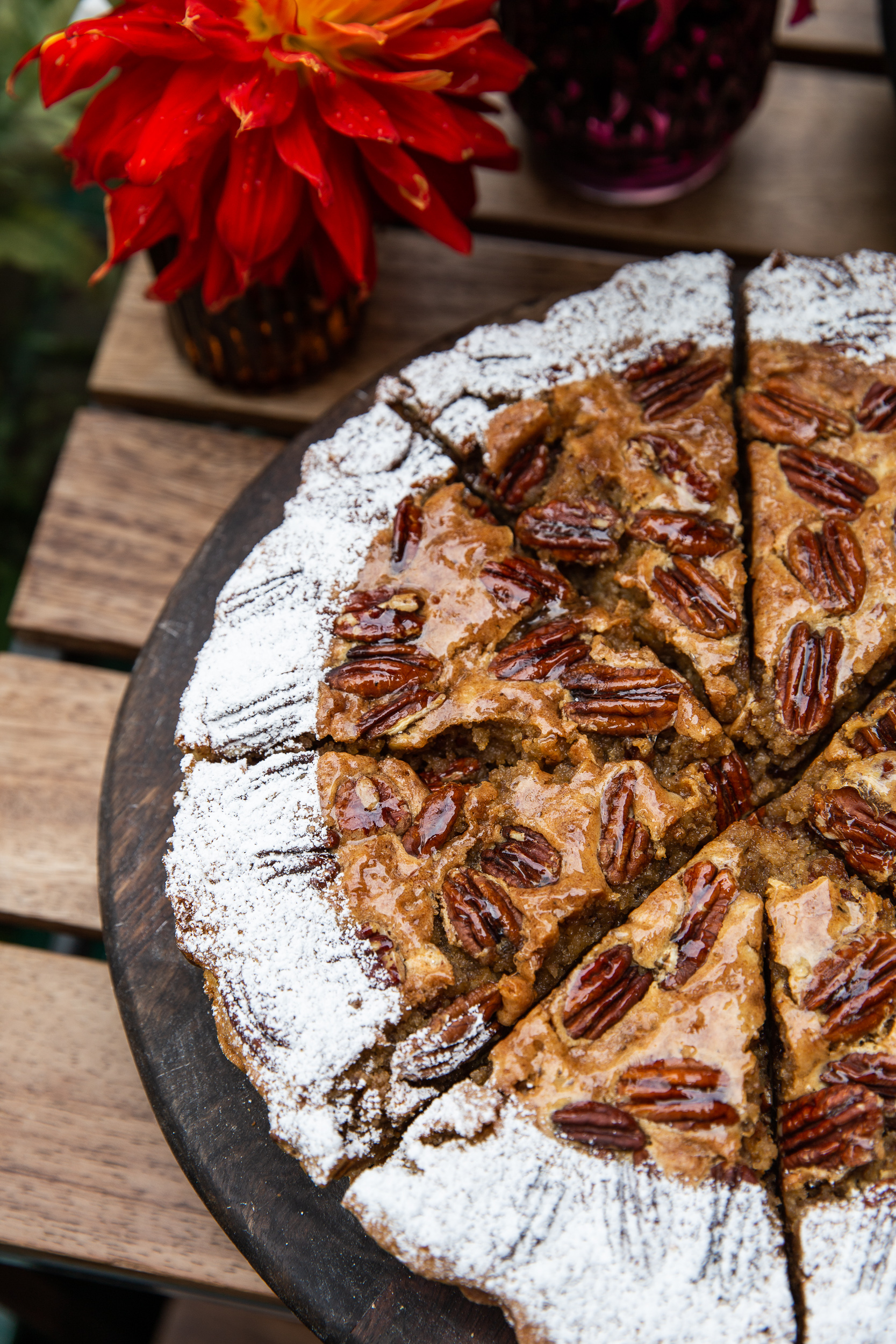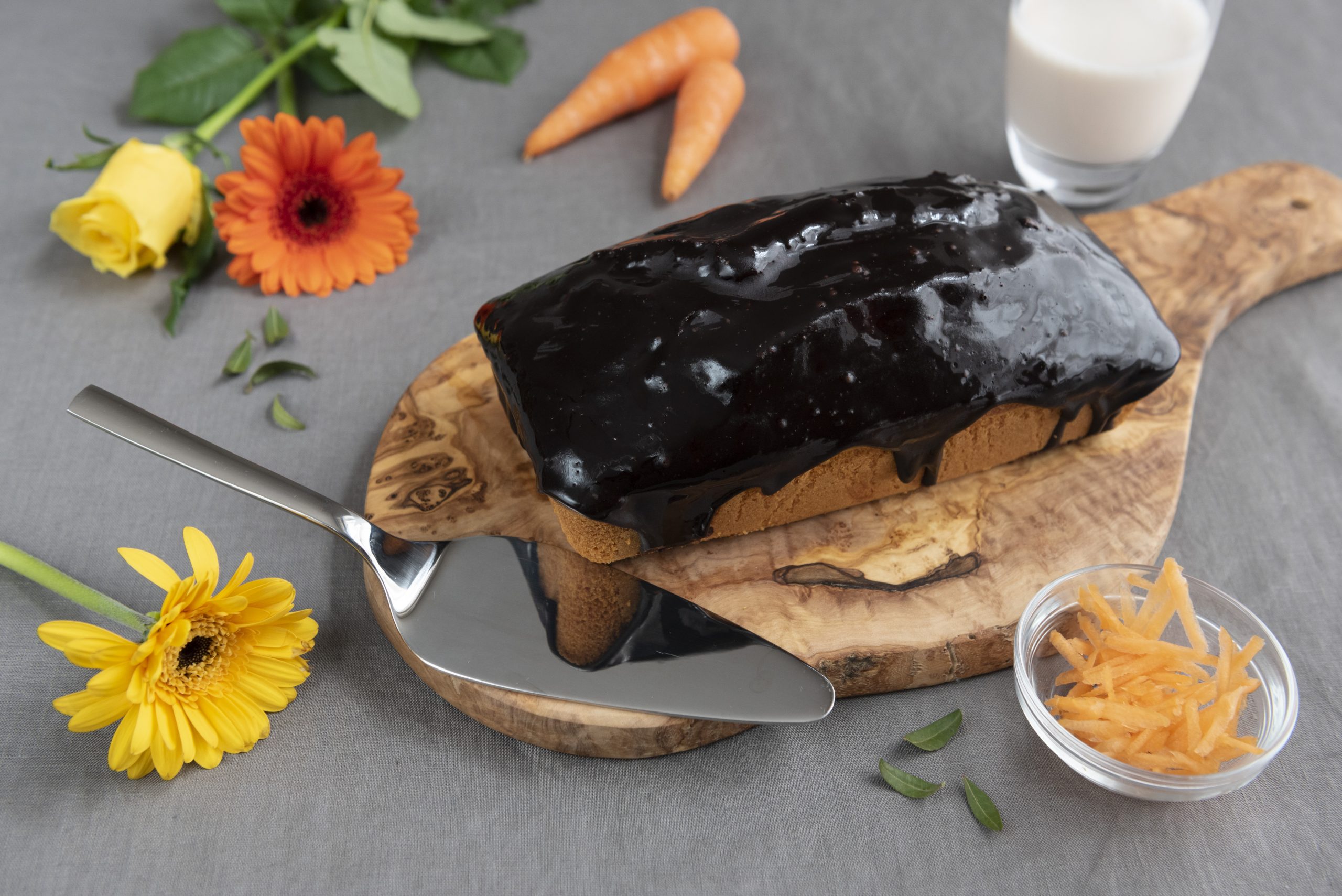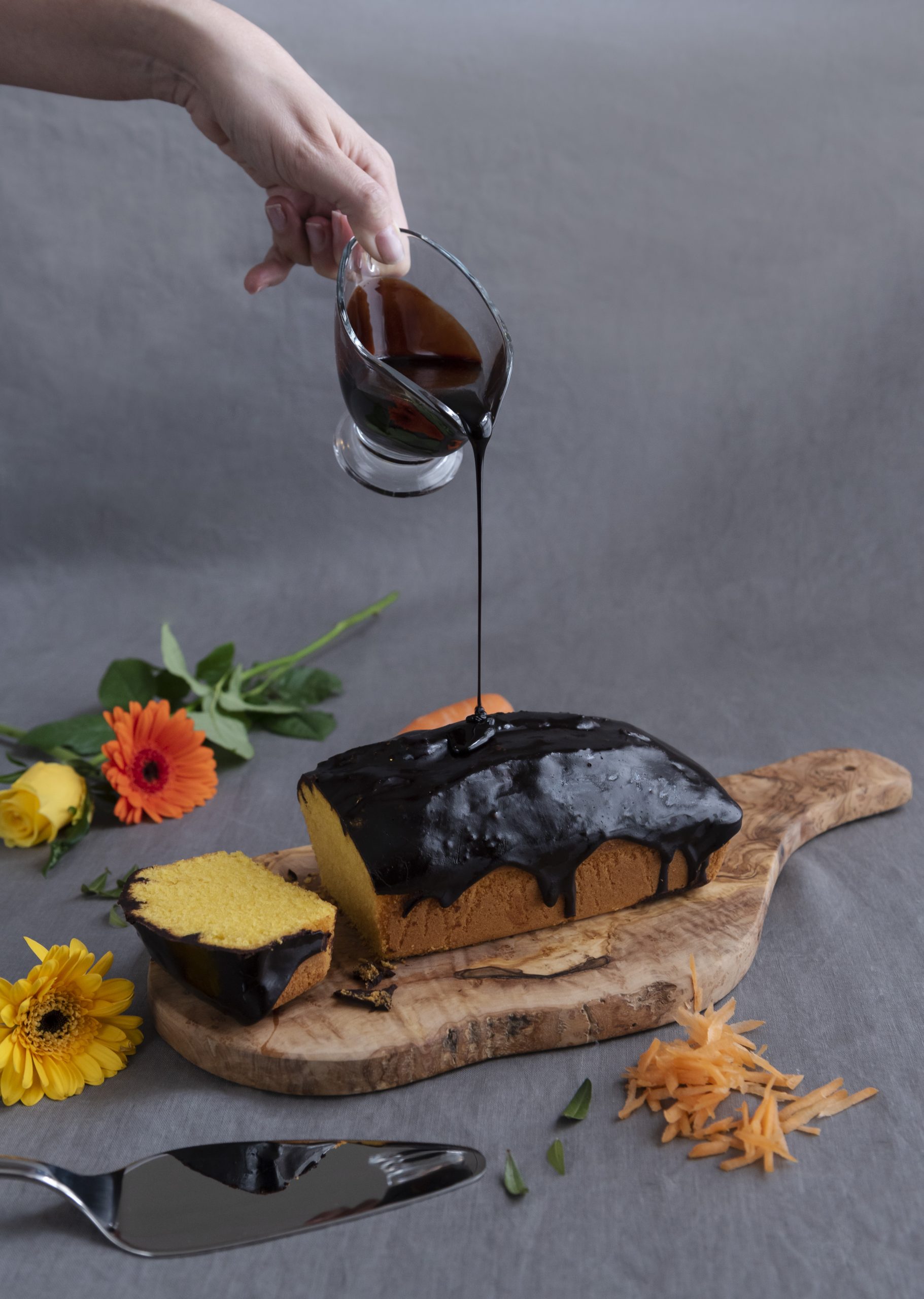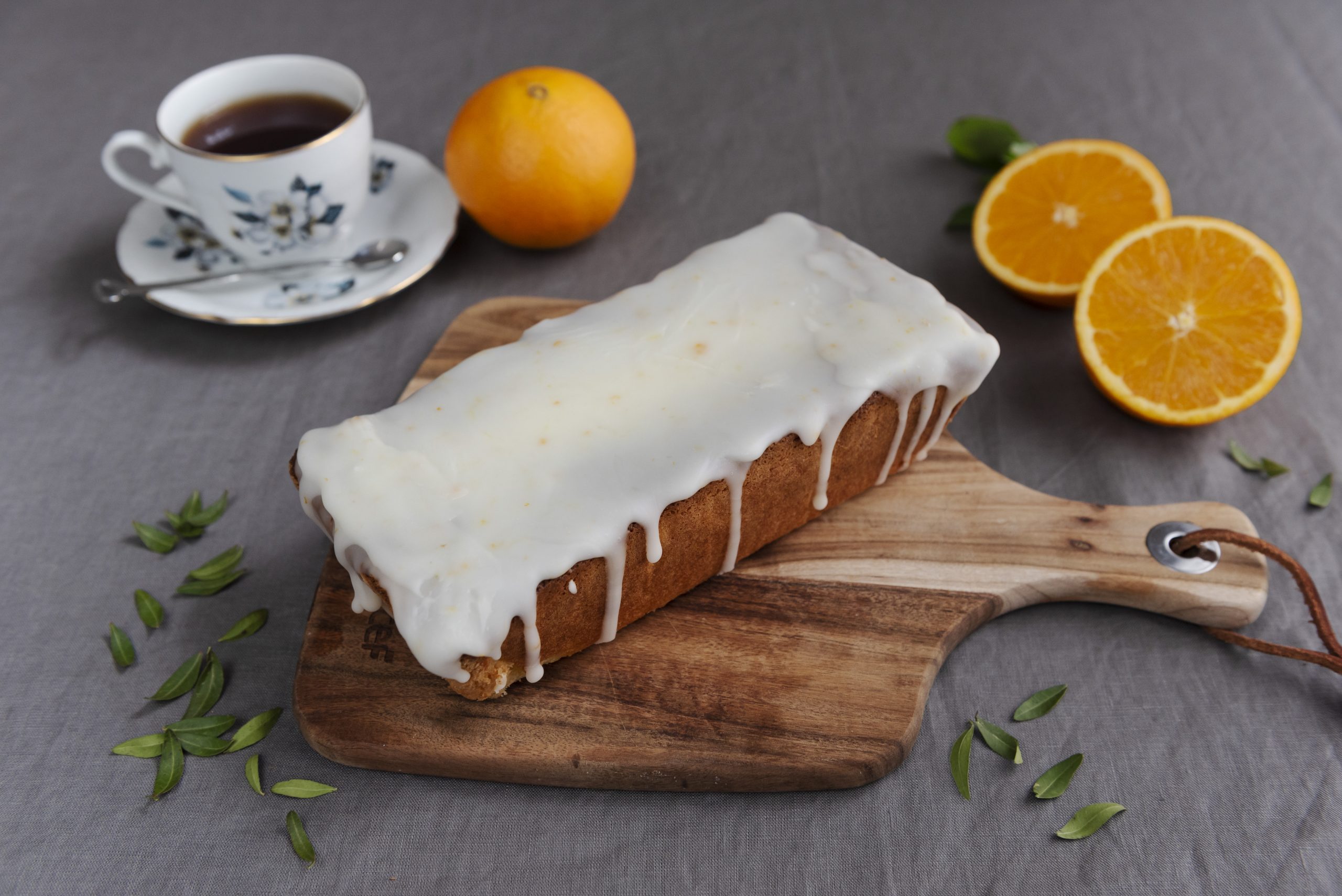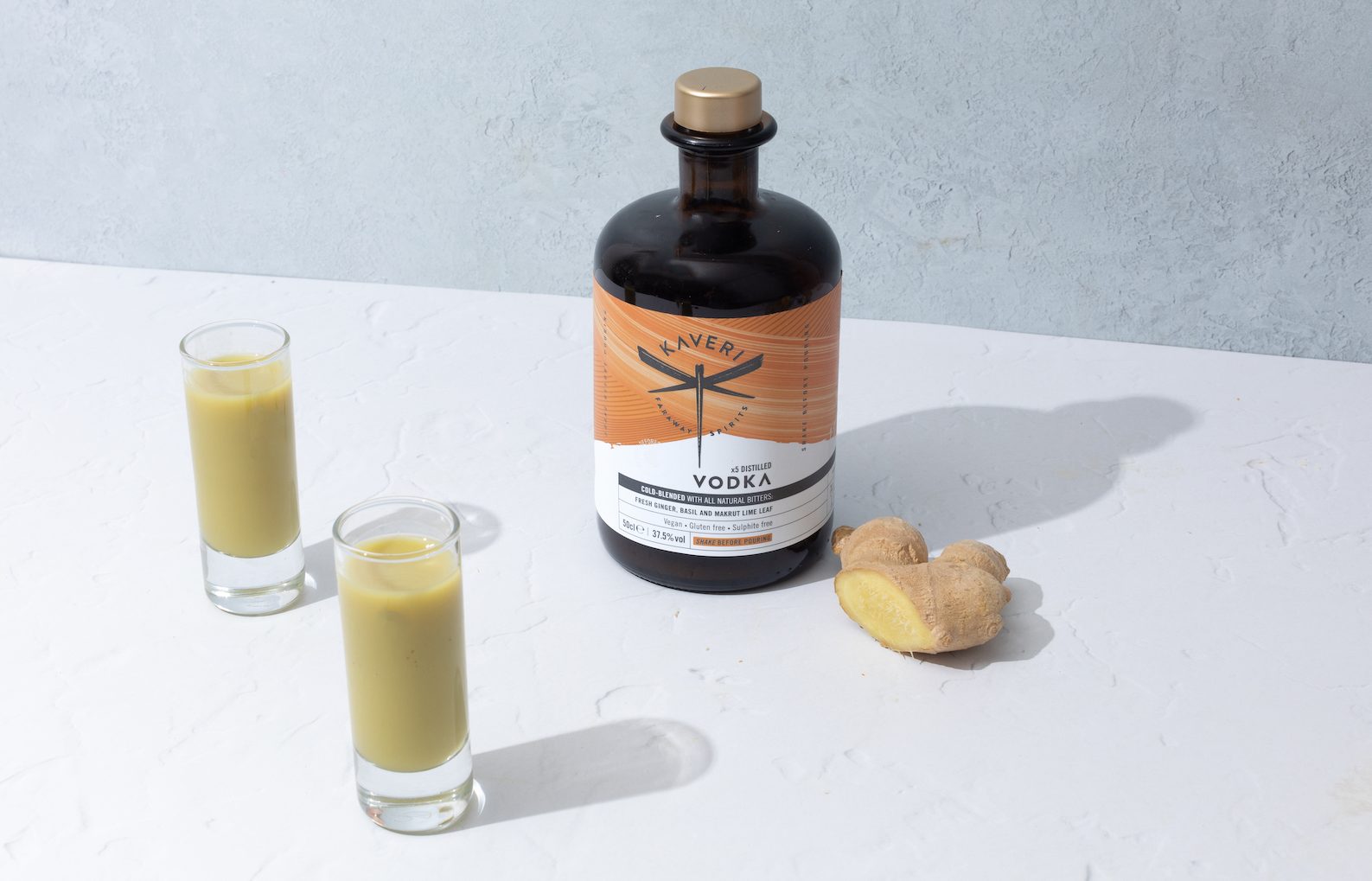Morels grow in just the strangest places. The new forest is famous for them, and our recipe author once spent 3 hours tramping around in the woods only to find them scrunched up by the car park. These spring mushrooms have a woody, earthy flavour. As with most mushrooms it makes sense to see them as a yearly glut. Process one large batch and find a few different ways to enjoy them.
This recipe will give you preserved mushrooms and an oil you can then use in a myriad of ways. It works well for all types of mushrooms, just adapt the herbs / oils / acid to fit. Same goes for the uses: serve on toast as we have here, add into a risotto, stuff into pasta, or use to pep up a pie. Quite literally kitchen gold.
SPRING MORELS ON TOAST
Portions below should suit roughly 5 slices of toast, with oil leftover.
INGREDIENTS:
Olive oil 200g
Champagne vinegar 100g
Sea salt 10g
Honey 10g
Morel mushrooms (or a mix) 500g
A head of garlic, halved
Juniper crushed lightly 10g
Pink peppercorns, crushed lightly 10g
Bay leaves 5g
A bunch of thyme or rosemary
Freshly baked sourdough
Spinach 100g
Fresh ricotta (as much as you like)
METHOD:
- Pour the oil, vinegar and salt into a large, high-sided pot. Gently bring to a boil. Add the herbs, garlic and spices. Turn your oven to 120c.
- Wash your mushrooms, making sure you get all the grit out. A soak first helps, flush the water a couple of times and then a good once over followed by a dry out on a kitchen towel.
- Once your oil & vinegar is at a boil, drop the mushrooms in, bring back to a boil and pop into the oven for 1.5 hrs
- Check the seasoning, all the flavours should have harmonised, and the balance of acid shouldn’t blow your head off. If too strong, add a little honey.
- Jar in a piping hot mason jar and store at room temperature for up to 3 months. Ensure the mushrooms are always submerged under oil. Store chilled once opened.
- To serve on toast, sauté your spinach in a dash of good olive oil (feel free to add some garlic for extra flavour). Toast a bit of sourdough, add a good heap of ricotta, a spoonful of the morel mix on top and drizzle a little oil as a dressing.
The oil is outrageously good even once you’ve finished your mushrooms and should be used to dress earthy salads throughout summer – try it with celeriac, chicory, apple and hazelnuts. Or drizzle over fresh asparagus, peas and fresh burrata.
